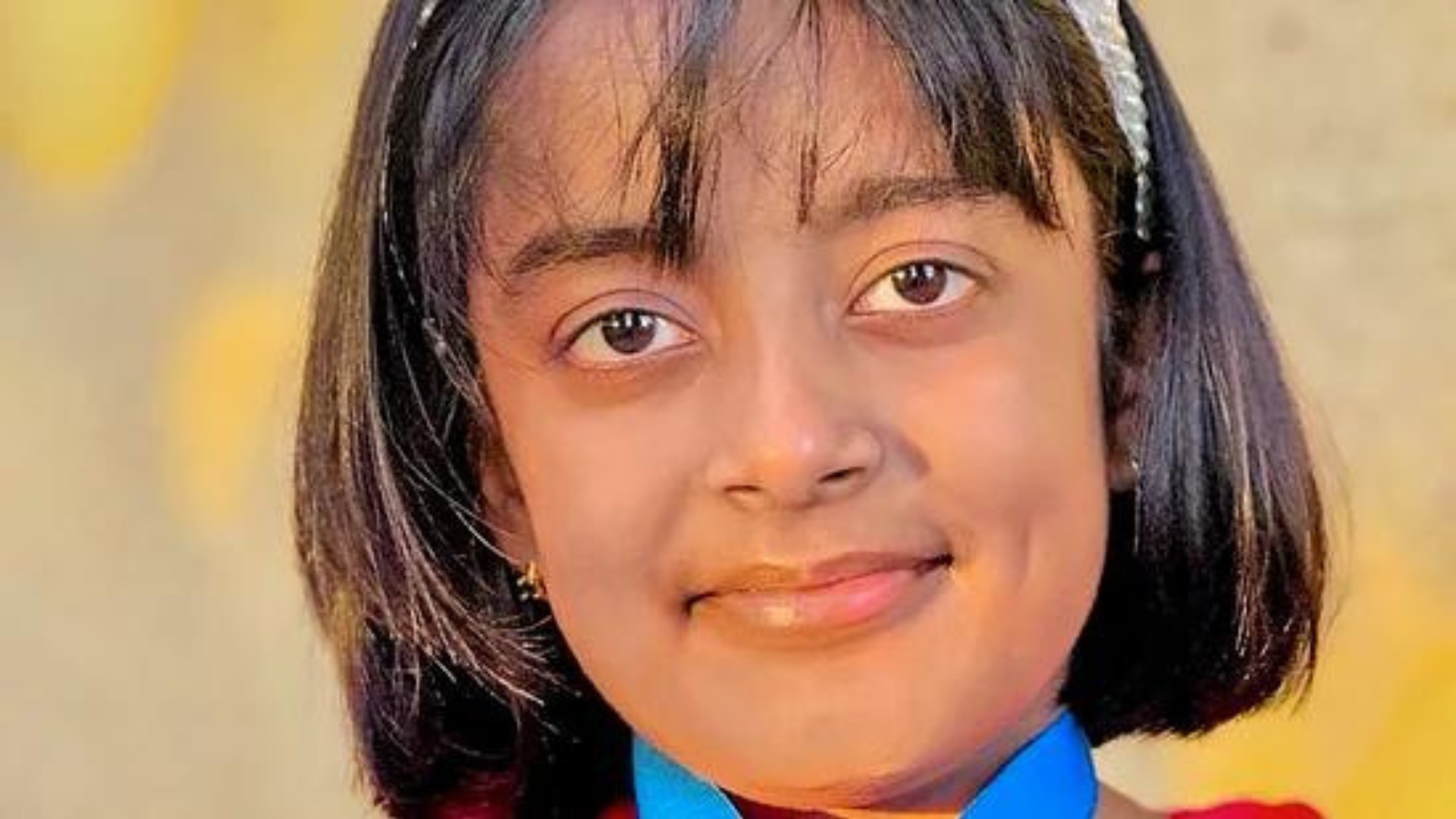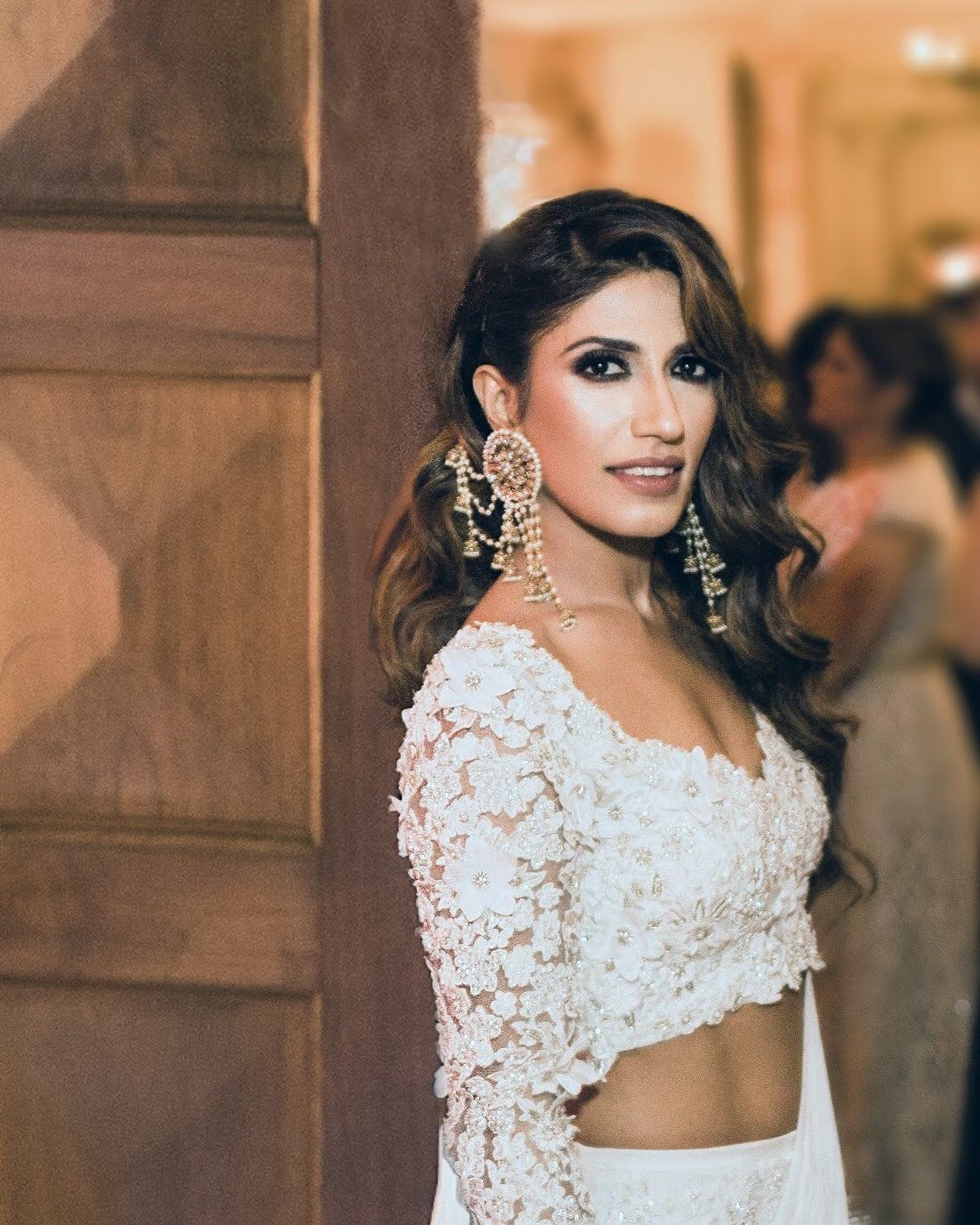A young Indian American girl is sparking awe and pride after being named among the “world’s brightest students” by the prestigious Johns Hopkins Center for Talented Youth (CTY).
Meet Preesha Chakraborty, the 9-year-old prodigy from Fremont, California who is wowing experts with her exceptional intellect and academic talents.
Preesha first caught attention by taking the demanding SAT college entrance exam last summer – as a third grader. Her results placed her in the esteemed CTY list of the brightest youth under 18 globally, rubbing shoulders with future Nobel Laureates and pioneers.
But this pint-sized powerhouse has been flashing genius from even earlier. At just 6 years old, she gained membership into MENSA – the exclusive society for the top intellectual 2% globally.
She qualified by hitting the 99th percentile on the NNAT (Naglieri Nonverbal Ability Test) which identifies gifted students. Not content to rest on those laurels, Preesha has spent her few years passionately pursuing diverse interests from mixed martial arts to travel, revealing a curiosity and drive far beyond her years.
As exceptional as she is, experts say Preesha represents the vanguard of a new generation of Indian American whiz kids finding global success in competitive academic arenas.
Recent research shows that Indian immigrant children display greater knowledge in STEM courses compared to peers. Many also outperform natives in spelling bees and math tournaments like the Math Olympiad reputed to be tougher than the SAT.
Sociologists posit reasons ranging from cultural emphasis on education to the high selectivity of Indian immigration policies that favor professionals with advanced degrees, like Preesha’s parents working in the tech sector.
However experts say the biggest driver is a quintessential Indian parenting style emphasizing academic success over extracurricular pursuits. From pushing kids into advanced courses to enforcing long study hours, Indian parents deliberately cultivate intellectual discipline.
While often criticized as restrictive, this traditional parenting has undeniably been producing prodigies like Preesha with increasing frequency across Western nations. She is just one among many Indian American child sensations making their mark in diverse contests of scholastic mastery today.
At elite American universities like UC Berkeley and MIT, students of Indian descent constitute nearly 20% of rosters, vastly outpacing their share of the population. At spelling bees, they have dominated for two decades, with 14 of the last 19 champions tracing Indian roots.
More than precedented talent, these phenomenal achievements signify the rise of an immigrant community long admired as exemplars of academic and professional excellence.
For young aspirants like Preesha then, the path has already been trail-blazed by exceptional predecessors. With role models and support networks elevating them each step of the journey, their soaring success should come as no surprise.
Yet Preesha manages to dazzle even in the face of hard-earned precedence. By qualifying among globally elite students six years before entering high school, she has set new standards for genius.
Her beaming father praises Preesha’s insatiable intellectual curiosity, creative expression, and passionate embrace of challenges that let her exceptional talents blossom.
No matter its origins, such brilliance is rare and worth celebrating – especially when layered with the endearing innocence of childhood.















